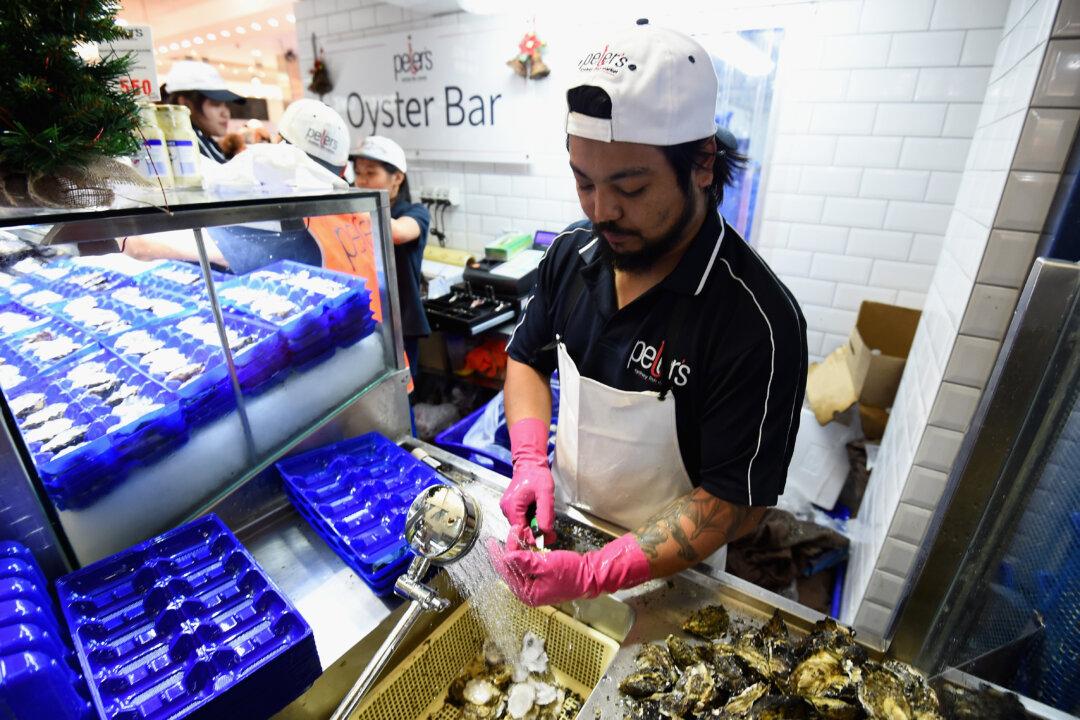The Australian labour market took an unexpected turn when the unemployment rate climbed 0.2 percent to 3.7 percent in July.
This came despite most economists expecting the rate to remain steady after dropping to a 48-year low of 3.5 percent in June.

The Australian labour market took an unexpected turn when the unemployment rate climbed 0.2 percent to 3.7 percent in July.